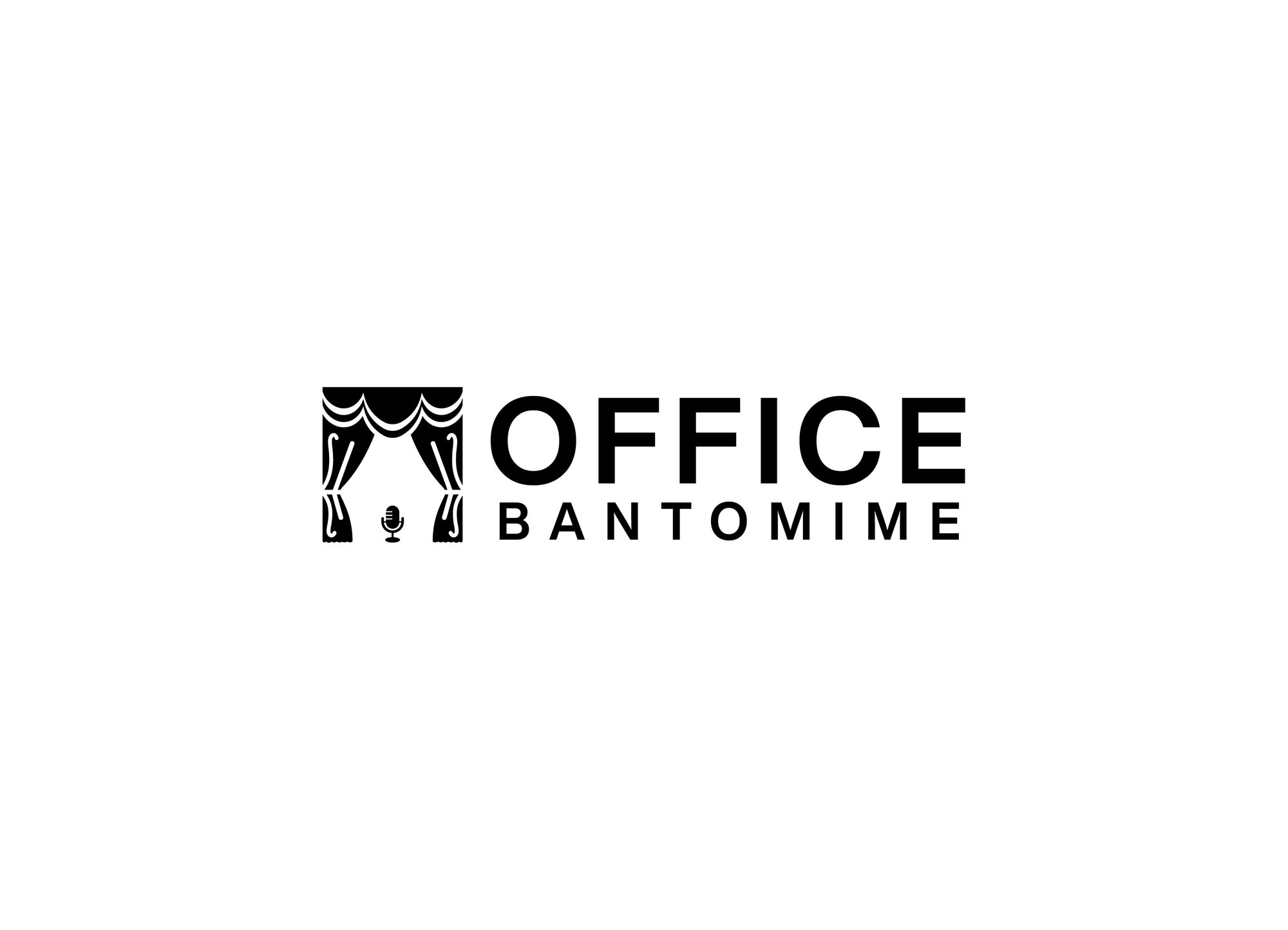"From Chaos to Order: Implementing the 7 ITIL Guiding Principles in Your Organization"
The ITIL 4 framework, which is widely adopted in the IT industry, is built upon a comprehensive set of seven guiding principles. These principles serve as a valuable compass for organizations, offering them clear direction and expert guidance in effectively managing their IT services. By embracing these principles, companies can
The ITIL 4 framework, which is widely adopted in the IT industry, is built upon a comprehensive set of seven guiding principles. These principles serve as a valuable compass for organizations, offering them clear direction and expert guidance in effectively managing their IT services.
By embracing these principles, companies can enhance their operational efficiency, streamline processes, and achieve optimal outcomes in their IT service management endeavors.
1) Focus on value

Every action taken by the organisation must, in some way, contribute to the stakeholders' value. The emphasis on the value principle takes into account a variety of viewpoints, including user and customer experience.
For instance, a parent might purchase a console game, but after their teenager tries it out, they discover that it is unusable because of defects in the coding.
Both the user and the customer would have a negative experience. The parent being the customer who purchased it and the teenager who used it.
2) Start where you are

The principle "Start where you are" emphasizes the importance of assessing and leveraging the existing resources, processes, and capabilities within an organization when implementing IT service management (ITSM) practices.
Rather than starting from scratch, this principle encourages organizations to build upon their current foundation to drive improvements and achieve desired outcomes.
To understand how this principle works, here is an example.
Suppose a company has recognized the need to enhance its incident management process to minimize downtime and improve customer satisfaction. Instead of completely discarding the existing process, the organization decides to start where they are and assess their current incident management capabilities and processess.
They begin by conducting a thorough investigation and analysis of the existing incident management process, including its strengths, weaknesses, and areas for improvement. They identify that their current process lacks proper categorization and prioritization of incidents, resulting in delayed resolutions and customer frustration.
Based on this assessment, the organisation decides to leverage their existing incident management system and team but focuses on making targeted improvements. They introduce a new categorization and prioritization framework, ensuring that incidents are appropriately classified and dealt with based on their impact and urgency.
3) Progress Iteratively with Feedback

"Progress Iteratively with Feedback" in ITIL 4 means continuously improving by breaking down work into smaller steps and gathering feedback at each stage.
Here's an example of how this might work with the steps.
A customer support team wants to improve their response time and customer satisfaction. They decide to apply the "Progress Iteratively with Feedback" principle.
- Define the scope: The team aims to reduce response time for customer inquiries and enhance overall customer satisfaction.
- Break down the work: They identify key areas to focus on, such as improving ticket handling processes, enhancing knowledge base articles, and providing additional training to team members.
- Plan and execute: The team creates a plan to address each area of improvement. They implement changes to the ticket handling process, update and expand the knowledge base articles, and conduct training sessions for team members.
- Gather feedback: Throughout the process, they collect feedback from customers regarding the improved ticket handling, the clarity and usefulness of knowledge base articles, and the effectiveness of the training sessions. They also track response times and customer satisfaction ratings.
- Evaluate and learn: The team analyzes the feedback and performance data to identify areas for further improvement. They discover that customers find the knowledge base articles helpful, but response times can still be improved.
- Adapt and iterate: Based on the feedback, the team refines the ticket handling process, streamlines workflows, and introduces automation tools to reduce response times further. They communicate with customers about the changes and actively seek additional feedback.
- Repeat the cycle: The team continues to iterate, incorporating feedback, making adjustments, and measuring results. They prioritize continuous improvement, ensuring that response times decrease, customer satisfaction increases, and the support process becomes more efficient over time.
By adopting the "Progress Iteratively with Feedback" principle, the customer support team can iteratively enhance their processes and address customer needs, leading to improved response times and higher customer satisfaction.
4) Collaborate and promote visibility

In ITIL 4, "Collaborate and promote visibility" is one of the guiding principles that organizations can adopt to enhance their IT service management practices.
This principle emphasizes the importance of fostering collaboration and ensuring transparency across different teams, departments, and stakeholders involved in delivering and supporting IT services.
By promoting visibility, organizations can improve communication, efficiency, and effectiveness in their service management processes.
Here is an example when considering the change management function in an organisation.
Change management is a critical process in IT service management that involves planning, implementing, and reviewing changes to IT infrastructure, applications, or services. Collaboration and visibility play a vital role in ensuring the success of change management activities.
Collaboration:
- The change management team collaborates with various stakeholders, such as IT operations, development teams, business representatives, and external vendors, to assess the impact and risks associated with a proposed change.
- Regular change advisory board (CAB) meetings are conducted, where representatives from different teams come together to review and approve changes based on their expertise and potential impact.
- Collaboration also occurs during the implementation of changes, with different teams working together to ensure a smooth transition and minimize disruptions.
Promoting Visibility:
- A centralized change management system or tool is used to document and track all change requests. This tool provides visibility into the status, progress, and approvals for each change.
- Change calendars or schedules are created and made visible to all relevant parties, allowing them to see upcoming changes, their timelines, and potential conflicts.
- Change management reports and dashboards are generated to provide insights into the effectiveness of the change management process, such as the number of successful changes, failed changes, and adherence to predefined timelines.
By promoting collaboration and visibility in change management, organizations can ensure that all stakeholders are involved, risks are properly assessed, and changes are implemented smoothly. This leads to reduced service disruptions, improved change success rates, and increased trust among teams and stakeholders involved in the change management process.
5) Think and Work Holistically

In ITIL 4, working holistically means taking a complete and joined-up approach to manage IT services and provide value to customers.
It involves understanding the connections and relationships within an organization's IT system and promoting teamwork and coordination across different areas and activities.
Working holistically involves considering all the aspects of IT services and how they fit together. It's like putting together a puzzle, where each piece is important and needs to be aligned with the others for everything to work smoothly. This approach encourages collaboration and teamwork among different teams and processes to ensure efficient and effective service delivery.
For example, let's say an IT company provides services like network infrastructure, software applications, and user support to different departments. Instead of each team working separately on their tasks, they would collaborate and think about how their work impacts the entire service chain.
Here's how it would work:
- Service Strategy: Understand the business goals and align IT services accordingly. For example, prioritize making critical applications available 24/7 to support the company's operations.
- Service Design: When making changes or creating new applications, consider how it affects the whole service system. Work together to ensure changes don't disrupt other services.
- Service Transition: Plan and coordinate the deployment of new software or infrastructure changes. Consider things like testing and training to minimize disruptions.
- Service Operation: Work together to monitor and manage the overall service performance. For instance, if there's a network issue, collaborate to diagnose and fix it quickly.
- Continual Improvement: Regularly assess and improve IT services. Get feedback, analyze data, and identify areas where things can be done better across the entire service chain.
By thinking and working holistically, the IT organization breaks down barriers, improves communication, and delivers better services. It ensures decisions and actions consider the bigger picture and lead to positive outcomes for the whole organization.
6) Keep it Simple and Practical

"Keep it Simple and Practical" is a guiding principle in the IT Infrastructure Library (ITIL) framework, which is a widely adopted set of best practices for IT service management. This principle emphasizes the importance of avoiding unnecessary complexity and focusing on practical solutions that can be easily implemented and maintained.
In the context of ITIL, "Keep it Simple and Practical" means that IT processes, procedures, and systems should be designed and implemented in a way that is easy to understand, use, and manage. The goal is to minimize complexity, reduce the risk of errors, and ensure that IT services can be delivered efficiently and effectively.
Lets use problem management as an example.
Problem management involves identifying and resolving the underlying causes of recurring incidents or proactively addressing potential issues to prevent them from occurring in the first place.
To keep it simple and practical, consider the following approaches in problem management:
- Problem Identification: Instead of creating a convoluted process for identifying problems, simplify it by encouraging a culture of open communication and collaboration. Encourage IT staff and end-users to report recurring incidents or potential issues they observe, either through a dedicated portal, a centralized email address, or a simple form. This straightforward approach allows for the easy capture of problem details.
- Root Cause Analysis: Instead of relying on complex analysis methods or tools, focus on a practical and structured approach to root cause analysis. One such approach is the "5 Whys" technique, where the problem analyst repeatedly asks "Why?" to uncover the underlying cause of the problem. This method is easy to understand and apply, enabling a systematic investigation of issues without unnecessary complexity.
- Knowledge Base: Maintain a centralized knowledge base where the identified problems and their solutions are documented. Ensure that the knowledge base is easily accessible, searchable, and regularly updated. Keeping it simple means organizing the information in a logical manner and using plain language that is easy for IT staff to understand and apply when troubleshooting similar issues in the future.
- Problem Resolution: Focus on practical solutions that can be implemented with minimum disruption and effort. Avoid overly complex workarounds or solutions that require significant resources or changes to the IT environment. Instead, seek practical remedies that address the root cause effectively while considering the impact on operations and resources.
- Continuous Improvement: Embrace a culture of continuous improvement by regularly reviewing the effectiveness of problem management processes. Solicit feedback from stakeholders, identify areas for improvement, and implement changes that simplify the problem management approach while maintaining its practicality.
The principle of "Keep it Simple and Practical" reminds us to prioritize simplicity and practicality in the design and implementation of problem management processes, enabling organizations to effectively address the root causes of issues and prevent their recurrence.
7) Optimize and Automate

"Optimize" and "Automate" are two key concepts that focus on improving efficiency and effectiveness in IT service management.
- Optimize: Optimize refers to the process of continuously improving IT services, processes, and resources to enhance their performance and achieve better results. It involves identifying areas of improvement, analyzing data and feedback, and implementing changes to optimize the IT environment.
Example: Let's say a company's IT service desk receives a high volume of customer inquiries through various channels like phone, email, and chat. To optimize this process, the company might implement a centralized ticketing system that automatically routes and prioritizes incoming requests based on their urgency and complexity.
This automation would streamline the workflow, reduce manual efforts, and ensure that issues are resolved more efficiently, leading to improved customer satisfaction.
- Automate: Automation involves replacing manual or repetitive tasks with automated processes or tools to reduce human effort, minimize errors, and improve the speed of IT operations. It aims to increase efficiency, consistency, and reliability by leveraging technology to perform routine tasks.
Consider a scenario where a company regularly generates reports for management using data from various systems. Instead of manually collecting and consolidating data from different sources, an automated reporting tool can be implemented.
This tool would extract data from multiple systems, perform calculations or analyses, and generate reports automatically on a scheduled basis.
Automation in this case would save time, eliminate the risk of errors, and enable IT staff to focus on more strategic tasks.
In summary, optimizing in ITIL means continuously improving IT services, processes, and resources to achieve better outcomes. Automation, on the other hand, involves replacing manual tasks with automated processes to enhance efficiency, consistency, and reliability in IT operations.






